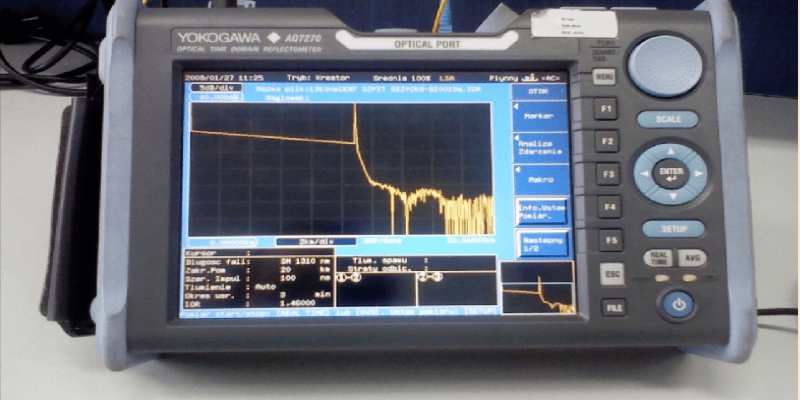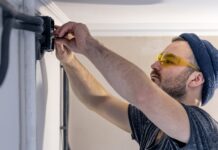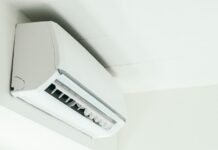OTDR (Optical Time Dimension Reflectometer) is essential for organizations that certify fiber optics performance and detect any problems in the existing Fiber optic cables. Fiber optics infrastructure is responsible for the quality of the network you get; therefore, the infrastructure and cables are duly certified before using them. The certification is done by companies that lay the fiber wires using various devices, one of them being OTDR Test Equipment. It is important to understand that using the OTDR equipment correctly is significant in locating the faults and working on them. This article will discuss tips to choose and use OTDR for the best performance.
Types of OTDR

There are various types of OTDR test equipment available for users in the market:
Benchtop- These are used in laboratories or production facilities for acquiring accuracy and sensitivity. This equipment has a larger display screen with more ports for MPO testing and a power outlet.
Hand-Held OTDR- the term is self-explanatory; it is portable equipment weighing less than 1kg and battery-powered in most cases. It has a simple interface which helps in making it easier for the technician to understand its working. It has various connectivity options like Wi-Fi and Bluetooth, which are useful in communicating test results and other work-related orders.
Rack-Mounted OTDR- These are high-volume OTDR devices that are designed to integrate with network monitoring devices. These are combined and integrated with an optical switch allowing them to rotate among fibers automatically.
Best OTDR test equipment
The OTDR equipment selection is broadly based on the project you want to use for and as per your budget. However, here is a list of OTDR devices that network engineers mostly use to identify and rectify faults in fiber optics.
FIS Firecat minim OTDR Quad
The product is comparatively priced low and has commendable functionality. The interface is user-friendly; therefore can be effortlessly used even by non-experienced technicians and network engineers. The compact size that it offers makes it easy to fit in the tool kit and helps in basic link troubleshoot.
Anritsu Access Master Pro
The model number in MT9085 Anritsu Access Master, as the name suggests it is the master. A hand-held OTDR tester with multiple usages. It allows Optical Pulse test, Power management, and fiber inspections. Other advantages of this OTDR device include the wide range of applications that it supports, like Installation and Maintenance of trunk fibers and troubleshooting the access networks.
EXFO Maxtester 720C
Capabilities of this unique device include WI-FI connectivity and inspection at high resolution. The device is compact yet delivers amazing performance by giving the right fiber characterization using its dynamic range. It is mostly used in data centers and fronthaul Deployments.
The testing procedure with OTDR
OTDR is the only device that can troubleshoot fiber optic faults after determining the cause and kind of fault. The faults may occur because of bad connectors; there may be bends in the cable or some breaks.
OTDR uses both unidirectional and bi-directional testing techniques to identify the faults in the cables along with the distance. Unidirectional tests are single-ended while bi-directional are dual-ended tests and are considered more accurate as it states the actual loss incurred to the cable.
Follow the instructions below to operate the OTDR properly:
- Turn on the OTDR, check the battery and functional display on the screen
- Inspect the cables, chargers, and other tools.
- Connect the required cables to the output port and testing cables on the other end.
- Manually adjust the parameters for testing the cables or pick the pre-set routine.
- When all is done, you are good to run the test.
- Record the results and trace the faults to correct them.
- After you have saved and uploaded the results, ensure disconnecting the cable, adaptors, and connectors carefully.
Conclusion
OTDR equipment is popular among network engineers because of its accuracy and functionality. However, they are still looking for ways to make it available at a lower price for better accessibility. The future relies on OTDR testing because the fiber cables are getting denser day on and day out. Invest your money in the OTDR equipment that shall duly meet the needs and requirements of your project.







